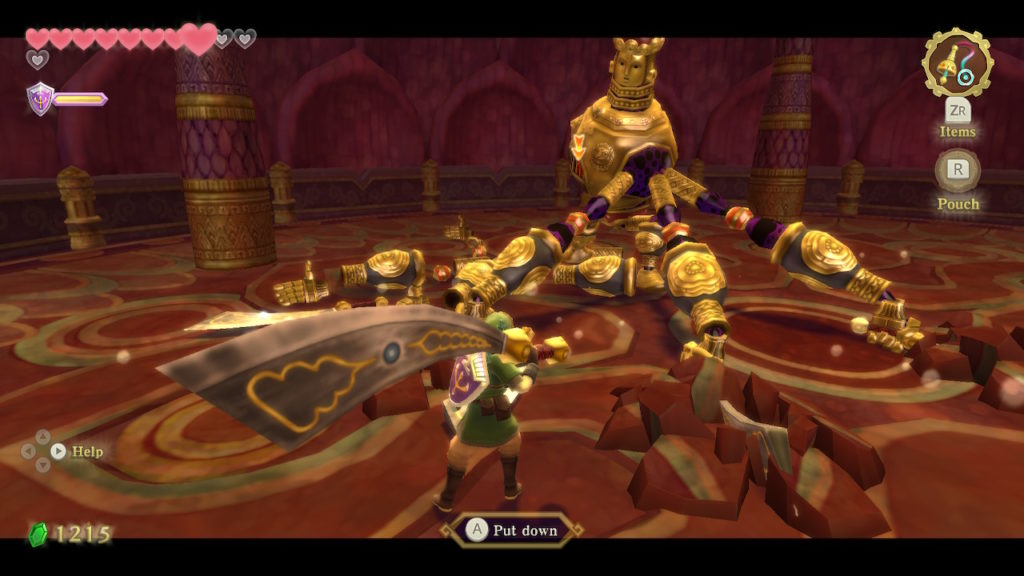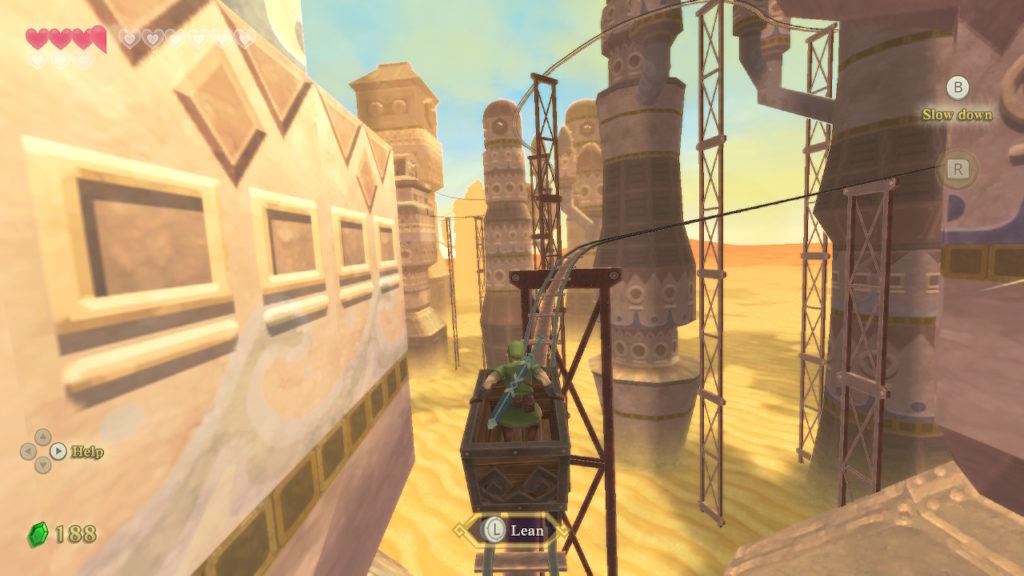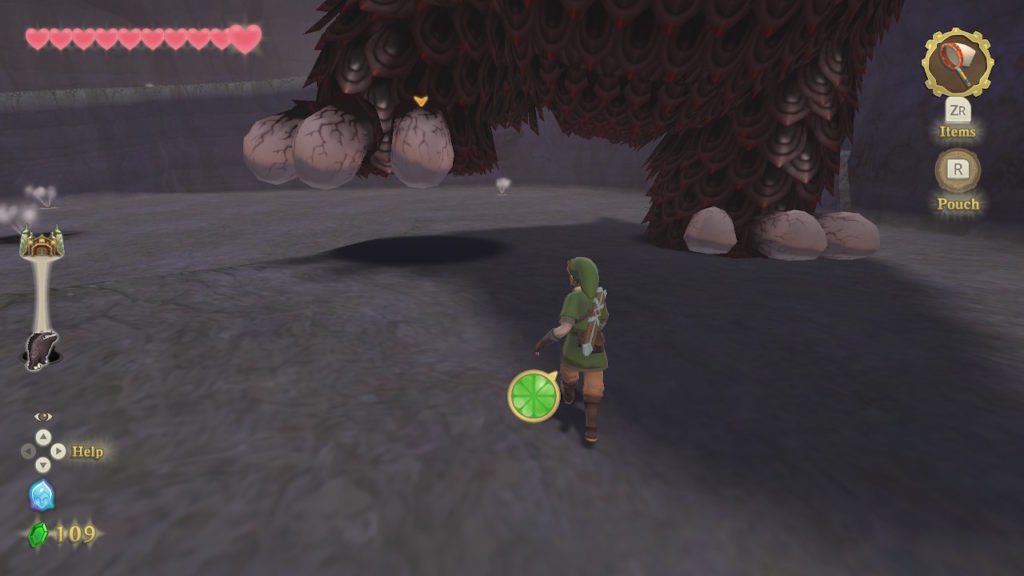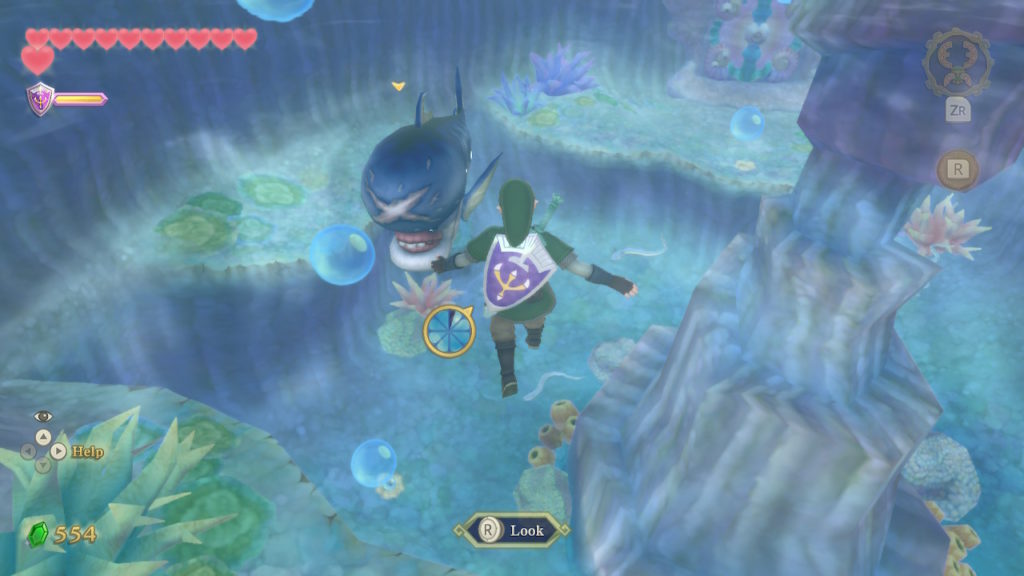- Genre: JRPG
- Platform: Switch
- Also Available On: Windows
I hate when games waste the player’s time. JRPGs are notorious for it, but there’s ways to make the grind typical of the genre rewarding – either through good side content or fun combat. Bravely Default 2 never got to that point and was so actively trying to make the game not fun that I gave up at about the 8 hour mark. Even for a series known for grinding, this one was pretty egregious.
The core of BD2‘s combat is around saving and using turns in the future to defend through incoming damage then pop a bunch of attacks or heals at one time when things open up for you. In general, this works pretty great. During general trash fights, you find the weaknesses for the various enemies then do what you can to try and hammer through it in one turn. It’s a fun way to give some strategy to trash fights beyond just running in and hammering attack to win. Where this falls apart is in the way they structured boss fights.
One of the core defensive measures that the AI have is counters. For example, they may counter physical attacks giving them a chance to counterattack if you hit them with a weapon. The boss fights take this to a level that felt actively punishing. For example, the boss that had me shelving this game did the following:
- Weakness to ground-based attacks, which are physical on the Vanguard class, but with a counter on physical attacks that deals AOE damage
- Single-target physical counter on singing abilities, despite the fact that I had literally just earned the Bard class so from a natural player standpoint would therefore be exploring its use in my party
- Counter on healing, despite the fact that the previous two counters basically required me to be doing AOE healing
- AOE silence, which becomes super obnoxious when the counters have you tending towards just using magic
The strategy that ended up being the most practical was to just use stacked poison magic and get the boss to die to DOT damage. It’s slow and boring and your party is for the most part idle and tossing items, but you aren’t taking a ton of unnecessary damage.
It’s this kind of setup that just feels unnecessarily punishing to the player. The game spends the entire time encouraging exploration and use of weaknesses to kill enemies quick and effectively, then spends its time on bosses countering the weaknesses so you have to find some random bullshit mechanic to actually take out the boss. Your other choice when you hit these bosses if you simply have the wrong party setup is to instead backup and grind new classes to find the right combination. It’s a bit of a typical problem of wide-ranging class-focused JRPGs, but the design choices of BD2 exacerbate this. It’s especially negative when they are directly countering the things you just earned so you’re forever discouraged from really trying new toys. The entire process feels like it’s wasting your time leading up to these fights, because you could very well have just been focusing on the wrong thing without knowing that you’re screwing yourself over.
It feels like it should be a small thing to just get through the boss fights and move on, but it’s one of those things that will endlessly frustrate me in games like this. I want my JRPG boss fights to be challenging me to the limit of my abilities, but I want that to be because the fight is legitimately hard with however I choose to play. I don’t want to play guess the mechanic and then have to grind to come around to the fight. Once I hit that point where I’m annoyed by the big moments, I’m out. There’s plenty of other games for me to play that will respect the time I put in to them in a better fashion.
The original Bravely games had similarly punishing grind issues, so I guess I shouldn’t be too surprised. Those had both a ton of grinding, as well as unnecessarily long plots where they liked to tell you to redo the entire game half way through. What they generally didn’t have were such punishing mechanics attached to the core boss fights. Sure their bosses were hard, but stragies around exploiting the fight’s weakness mechanics weren’t generally just hard countered, and hard countered for multiple things. Bravely Default II just goes so overboard with the counters that the bosses stopped being fun, and extremely quickly. It left my in a place where I just didn’t want to continue playing the game. It’s one thing in a JRPG if the trash is on the boring side, but once the centerpiece fights become something that I don’t want to do, it’s time to shelve a game – even moreso when I’m only 8 hours in.






